Home>Garden Essentials>What Do Borage Seeds Look Like
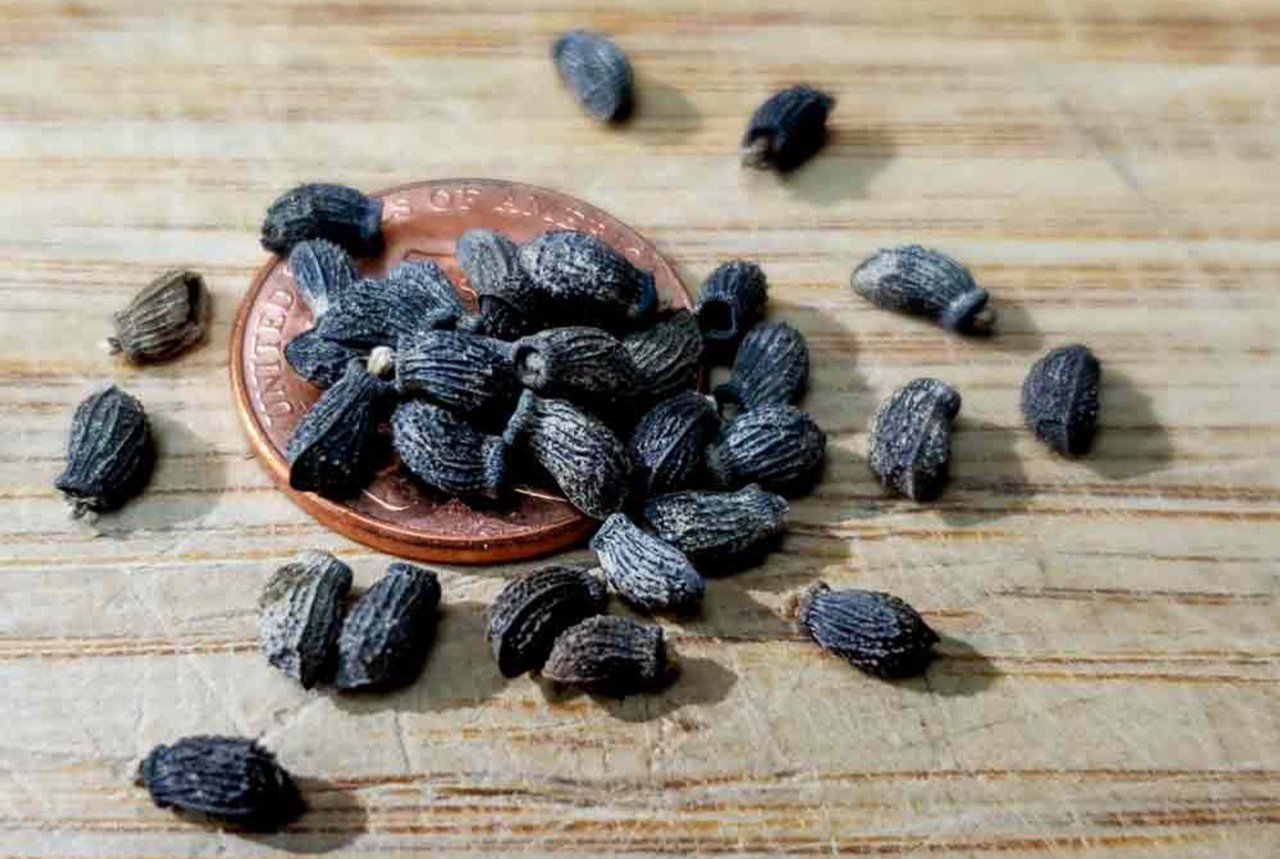

Garden Essentials
What Do Borage Seeds Look Like
Modified: March 24, 2024
Learn what borage seeds look like and how to identify them in your garden. Discover the characteristics and appearance of these versatile seeds.
(Many of the links in this article redirect to a specific reviewed product. Your purchase of these products through affiliate links helps to generate commission for Storables.com, at no extra cost. Learn more)
Introduction
Welcome to the world of gardening! As an avid gardener, it is crucial to have a deep understanding of the plants and seeds you are working with. Today, we will delve into the fascinating topic of borage seeds. Borage is a beloved herb that is not only beautiful but also offers numerous health benefits and culinary uses. To successfully grow borage, it is essential to know what the seeds look like. Identifying borage seeds is the first step towards a thriving borage plant in your garden.
In this article, we will explore the physical characteristics of borage seeds, including their color, size, shape, texture, and surface. By the end of this discussion, you will be equipped with all the knowledge you need to easily identify borage seeds and confidently sow them in your garden.
So, without further ado, let’s dive into the captivating world of borage seeds and unlock the secrets to growing this remarkable herb!
Key Takeaways:
- Borage seeds are small, oval-shaped, and dark brown to black in color. They have a glossy surface and a smooth texture, making them easy to identify and sow for successful plant growth.
- Identifying borage seeds accurately is crucial for successful gardening. It ensures the right seeds are sown, preserves plant varieties, and allows for culinary and medicinal use, enhancing the gardening experience.
Read more: What Do Cardamom Seeds Look Like
What are Borage Seeds?
Borage seeds are the reproductive structures produced by the borage plant (Borago officinalis). Borage is a delicate annual herb that belongs to the Boraginaceae family. It is native to the Mediterranean region but is now widely cultivated across the world for its various uses. The plant features vibrant blue, star-shaped flowers and fuzzy leaves.
The seeds of the borage plant are small, oval-shaped structures that house the genetic material necessary for the growth and development of new borage plants. These seeds are rich in essential nutrients, including omega-3 and omega-6 fatty acids.
As a gardener, understanding the characteristics of borage seeds is vital. By identifying and acquiring high-quality seeds for sowing, you will maximize the chances of successfully growing borage plants in your garden.
In addition, borage seeds have also gained popularity in the culinary world. They are often used in various dishes, such as salads, soups, and teas, to add a unique flavor and nutritional boost. Some people also consume them for their potential health benefits, such as reducing inflammation and promoting healthy skin.
Now that we have a basic understanding of borage seeds, let’s explore why it is important to be able to identify them accurately.
Importance of Identifying Borage Seeds
Identifying borage seeds accurately is of utmost importance for several reasons. Whether you are a seasoned gardener or a beginner, understanding the importance of seed identification will help you achieve successful plant propagation and make the most of the benefits offered by the borage plant.
1. Sowing the Right Seeds: By correctly identifying borage seeds, you ensure that you are sowing the right seeds for your desired plant. Borage seeds can vary in terms of quality, viability, and even specific variety. By obtaining high-quality seeds and knowing their characteristics, you increase the chances of healthy germination and robust plant growth.
2. Plant Variety Preservation: Borage is available in different varieties, each with its unique characteristics, such as flower color and plant height. By accurately identifying borage seeds, you can preserve the characteristics of specific varieties by planting seeds from the desired plant. This allows you to maintain the diversity and integrity of borage plants in your garden.
3. Avoiding Misidentification: Borage seeds may resemble the seeds of other plants or weeds, making it essential to correctly identify them. Misidentifying seeds can lead to unintentional planting of unwanted species or failure to grow the desired plant. By familiarizing yourself with the distinct features of borage seeds, you can confidently differentiate them from similar-looking seeds, ensuring successful cultivation.
4. Harvesting Borage Seeds: Borage plants produce an abundance of seeds during their lifecycle. Identifying when the seeds are ripe and ready to be harvested is crucial for saving seeds for future plantings or sharing them with fellow gardeners. By recognizing the unique characteristics of mature borage seeds, you can efficiently collect and store seeds to ensure a constant supply for future use.
5. Culinary and Medicinal Use: Borage seeds have culinary and medicinal value. They are often used in cooking and herbal preparations for their unique flavor and potential health benefits. By identifying borage seeds accurately, you can confidently incorporate them into your culinary creations or herbal remedies, enhancing the taste and health benefits of your dishes and beverages.
Now that we understand the importance of identifying borage seeds, let’s explore their physical characteristics in detail.
Physical Characteristics of Borage Seeds
Borage seeds possess distinctive physical characteristics that make them easily recognizable. By understanding these features, you can confidently identify borage seeds when you come across them. Let’s take a closer look at the color, size, shape, texture, and surface of borage seeds.
Color: Borage seeds are typically dark brown to black in color. The seeds have a glossy appearance, reflecting light and providing a beautiful contrast against their fuzzy, silver-grey flower buds and leaves.
Size and Shape: Borage seeds are relatively small, measuring around 4-5 millimeters in length. They have an oval or oblong shape, resembling tiny teardrops. The seeds are smooth and uniform in size, making them easy to distinguish.
Texture and Surface: Borage seeds have a smooth and hard texture. When you touch them, you may notice a slight sheen, imparted by a thin layer of natural oils present on the seed surface. This oily coating helps preserve the seed’s freshness and protect it from external factors.
Pattern: Although borage seeds are predominantly solid in color, they may exhibit subtle variations in shade, giving them a mottled or speckled appearance. This adds to their visual appeal and uniqueness.
Hardiness: Borage seeds are relatively hardy and can withstand various environmental conditions. This resilience allows them to tolerate diverse climates and soil types, making borage a versatile and adaptable plant.
By familiarizing yourself with the physical characteristics described above, you will be well-equipped to identify borage seeds accurately. This knowledge will help you confidently select and sow high-quality seeds, ensuring successful germination and healthy growth.
Now that we have explored the physical characteristics of borage seeds, let’s conclude our discussion.
Borage seeds are small, black, and wrinkled, similar in appearance to sesame seeds. When purchasing borage seeds, look for ones that are plump and have a dark color, as these are signs of good quality.
Color of Borage Seeds
Borage seeds exhibit a distinct color that sets them apart from other seeds. The color of borage seeds is an essential characteristic to consider when identifying them for gardening or culinary purposes.
Borage seeds are typically dark brown to black in color. This rich, deep hue gives the seeds a visually striking appearance. The dark color is a result of the seed’s outer coating, which contains pigments responsible for the seed’s unique coloration.
When observing borage seeds, you may notice that they have a glossy surface, reflecting light and enhancing their overall visual appeal. This shiny appearance adds to the allure of borage seeds, making them captivating to look at.
The dark color of borage seeds serves a practical purpose as well. The deep hue allows the seeds to absorb and retain heat from sunlight, aiding in their germination and early growth. The dark color helps to warm the soil around the seeds, creating an optimal environment for seedling development.
Furthermore, the color of borage seeds plays a role in attracting pollinators to the plant. Borage is known for its radiant blue flowers, which are highly attractive to bees and other beneficial insects. The dark color of the seeds creates contrast against the vibrant blue flowers, making them easier for pollinators to locate and collect.
It is important to note that although dark brown to black is the most common color of borage seeds, slight variations in shade may occur. Some seeds may exhibit speckles or mottled patterns, adding a touch of uniqueness to their appearance.
By being aware of the distinct color of borage seeds, you can easily identify them among other seeds and confidently work with them in your gardening endeavors. Whether you are sowing borage seeds for their ornamental beauty or for their culinary and medicinal uses, recognizing their dark brown to black hue is a valuable skill to have.
Now that we have explored the color of borage seeds, let’s move on to discuss their size, shape, texture, and surface.
Read more: What Do Columbine Seeds Look Like
Size and Shape of Borage Seeds
Understanding the size and shape of borage seeds is fundamental in identifying them accurately. Borage seeds possess unique characteristics that make them easily distinguishable from other seeds found in the garden.
Size: Borage seeds are relatively small, measuring approximately 4-5 millimeters in length. While they may vary slightly in size, they typically fall within this range. The compact size of borage seeds makes them convenient for handling and sowing.
Shape: Borage seeds have an oval or oblong shape, resembling tiny teardrops. This distinctive shape sets them apart from other seeds that may have different forms, such as round, elongated, or irregular shapes.
The consistent size and shape of borage seeds make them easy to identify when sorting and selecting seeds for planting. The uniformity of their size aids in ensuring even spacing when sowing and allows for consistent germination and growth of the borage plants.
The small and compact nature of borage seeds enables them to be readily accommodated within garden soil, providing the ideal conditions for germination. Their size also allows for easy storage and transportation, making them convenient for gardeners to work with.
By familiarizing yourself with the size and shape of borage seeds, you can readily identify them in seed packets, ensure proper spacing during sowing, and facilitate their successful growth in your garden.
Now that we have examined the size and shape of borage seeds, let’s delve into their texture and surface characteristics.
Texture and Surface of Borage Seeds
The texture and surface of borage seeds play an integral role in their identification and successful germination. Understanding these characteristics will help you differentiate borage seeds from other seeds and ensure optimal growing conditions.
Texture: Borage seeds have a smooth and hard texture. When you run your fingers over the surface of a borage seed, you will notice a sleek and polished feel. This smooth texture is important as it allows the seed to easily glide through the soil during germination and establish firm contact with the surrounding earth.
The smooth texture of borage seeds also contributes to their protection from the external environment. The hard outer layer acts as a shield, safeguarding the delicate embryo within from potential damage caused by moisture, temperature fluctuations, or physical stress.
Surface: The surface of borage seeds is typically glossy, reflecting light and giving them an appealing sheen. This characteristic adds to their visual attractiveness and distinguishes them from other dull-looking seeds.
Additionally, borage seeds may also exhibit a thin layer of natural oils on their surface. This oily coating not only enhances the seed’s shine but also serves as a protective barrier, preventing moisture loss and ensuring the seed remains viable for longer periods.
It is important to note that while borage seeds possess a smooth and glossy surface, they may also have slight imperfections, such as tiny indents or ridges. These irregularities are normal and should not be cause for concern when identifying borage seeds.
By being familiar with the texture and surface characteristics of borage seeds, you can confidently discern them from other seeds and optimize their conditions for successful germination. The smooth texture allows for easy sowing and establishment while the glossy surface adds to their overall visual appeal.
Now that we have explored the texture and surface of borage seeds, let’s conclude our discussion on these unique and remarkable seeds.
Conclusion
Congratulations! You are now well-equipped to identify borage seeds with confidence. By understanding their physical characteristics, such as color, size, shape, texture, and surface, you can easily distinguish borage seeds from other seeds and ensure successful germination and growth in your garden.
Borage seeds are small, oval-shaped structures with a dark brown to black color and a glossy surface. They have a smooth and hard texture that aids in their protection and allows for easy sowing. The uniform size and distinct shape of borage seeds make them convenient to work with and ensure even spacing during planting.
Identifying borage seeds correctly is vital for various reasons. It enables you to sow the right seeds for your desired plant, preserve specific varieties, avoid misidentification, and harvest seeds for future plantings. Additionally, understanding the physical characteristics of borage seeds allows you to confidently incorporate them into your culinary creations and benefit from their potential health properties.
As a gardener, the knowledge of identifying borage seeds opens up a world of possibilities. Whether you are growing borage for its vibrant blue flowers, its culinary value, or its medicinal benefits, being able to recognize and utilize borage seeds effectively is essential for success.
So, the next time you come across borage seeds, take a moment to appreciate their unique color, size, shape, texture, and surface. Remember, these small but mighty seeds hold the potential to transform your garden and enrich your culinary adventures.
Happy gardening and bon appétit!
Frequently Asked Questions about What Do Borage Seeds Look Like
Was this page helpful?
At Storables.com, we guarantee accurate and reliable information. Our content, validated by Expert Board Contributors, is crafted following stringent Editorial Policies. We're committed to providing you with well-researched, expert-backed insights for all your informational needs.
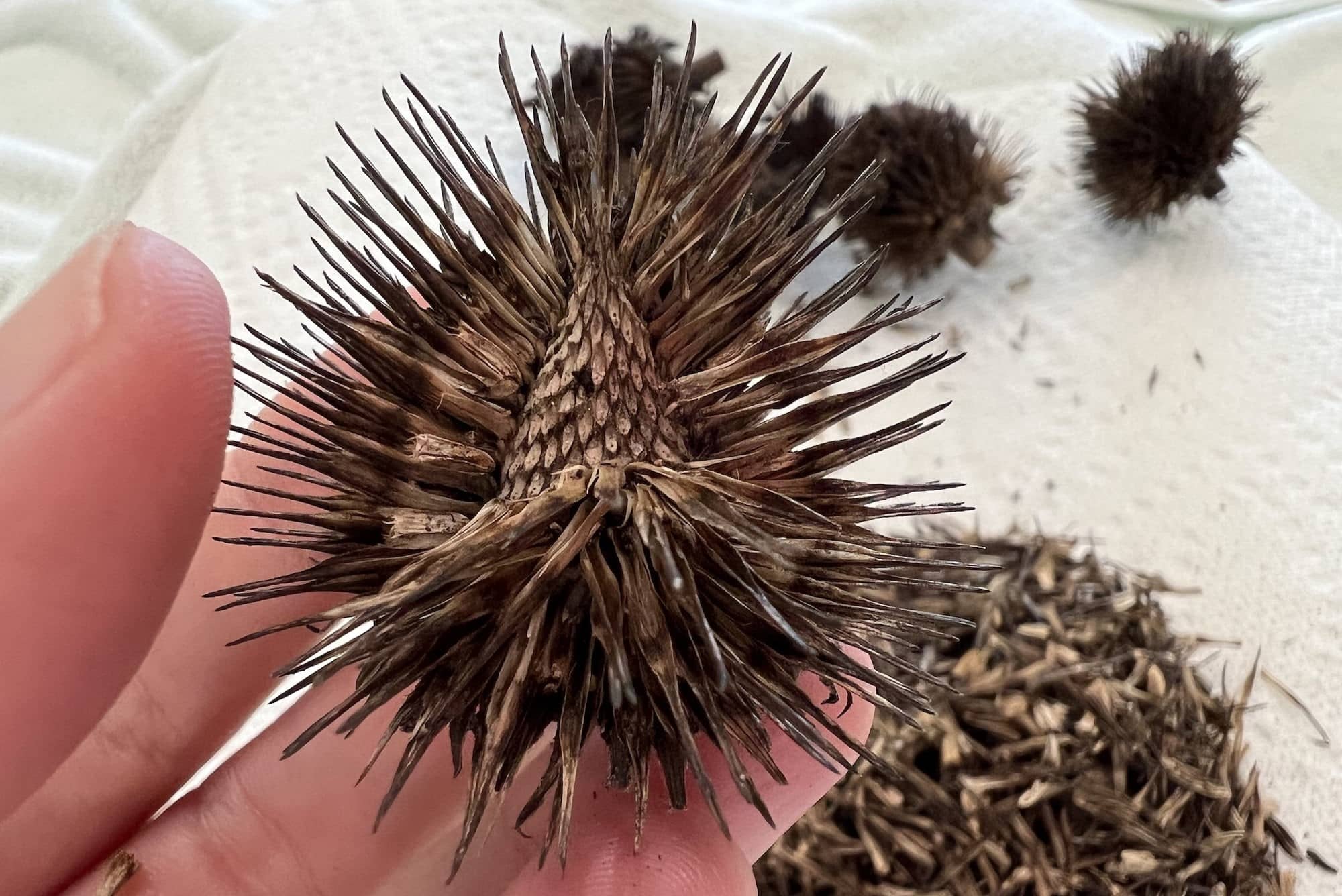
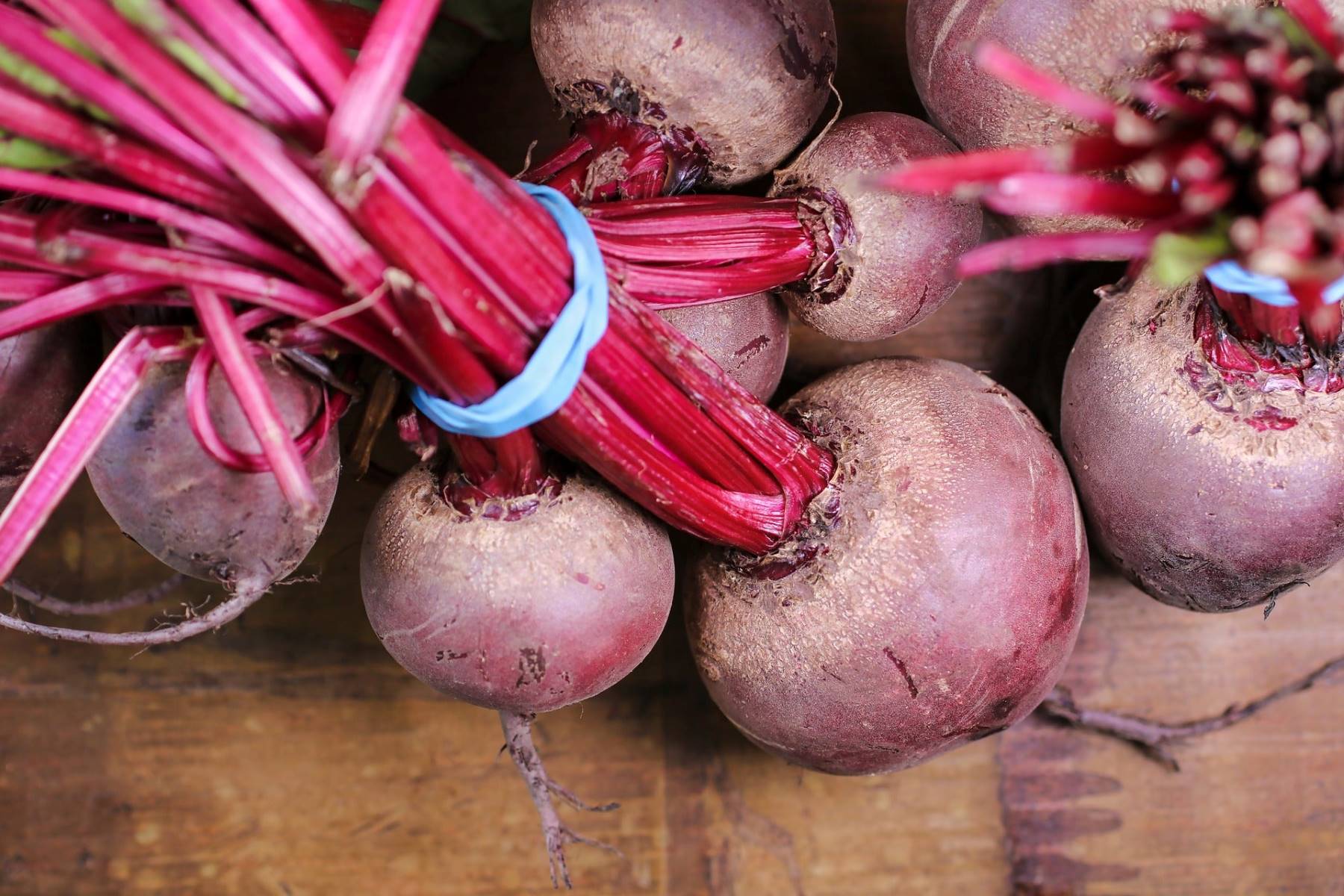
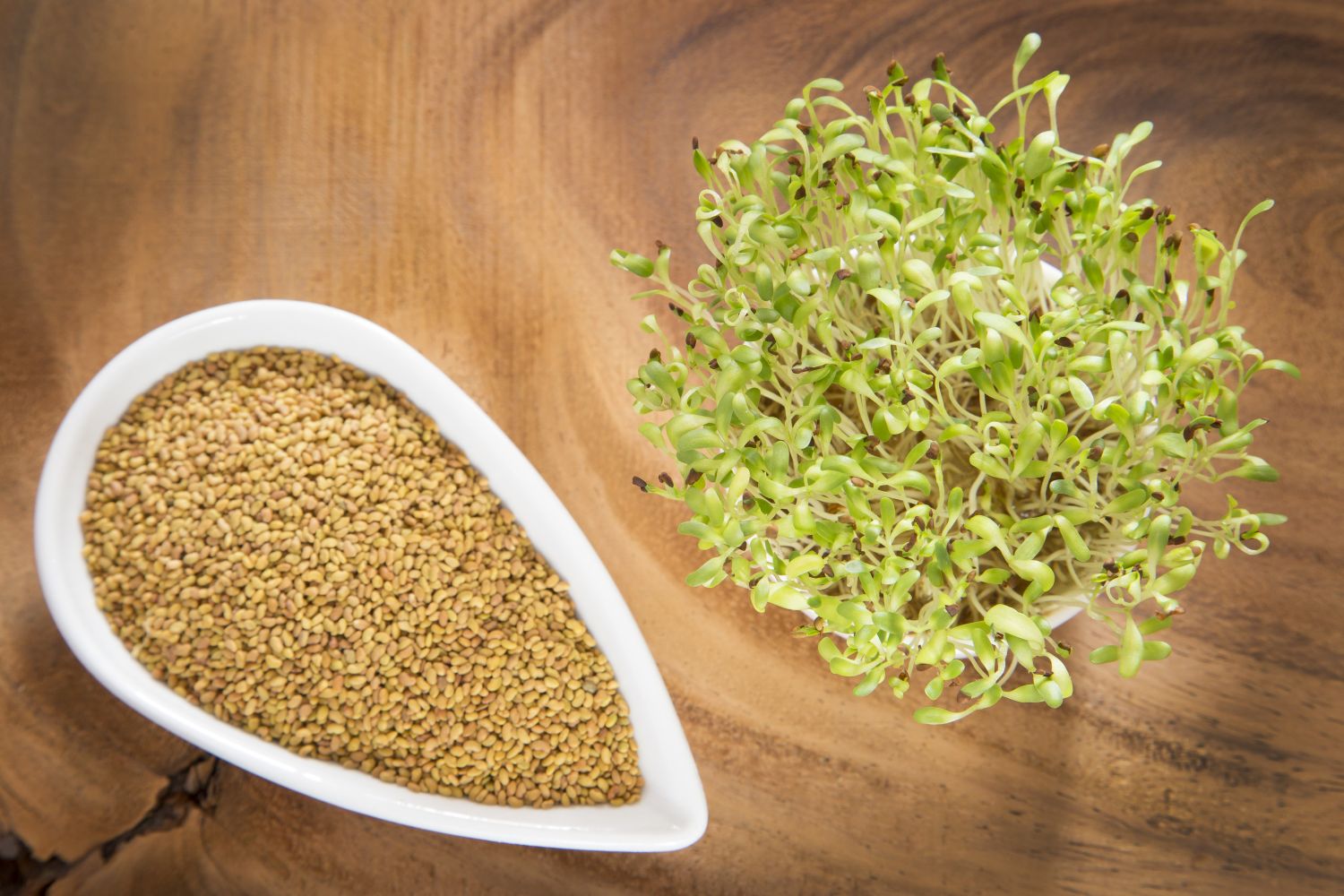
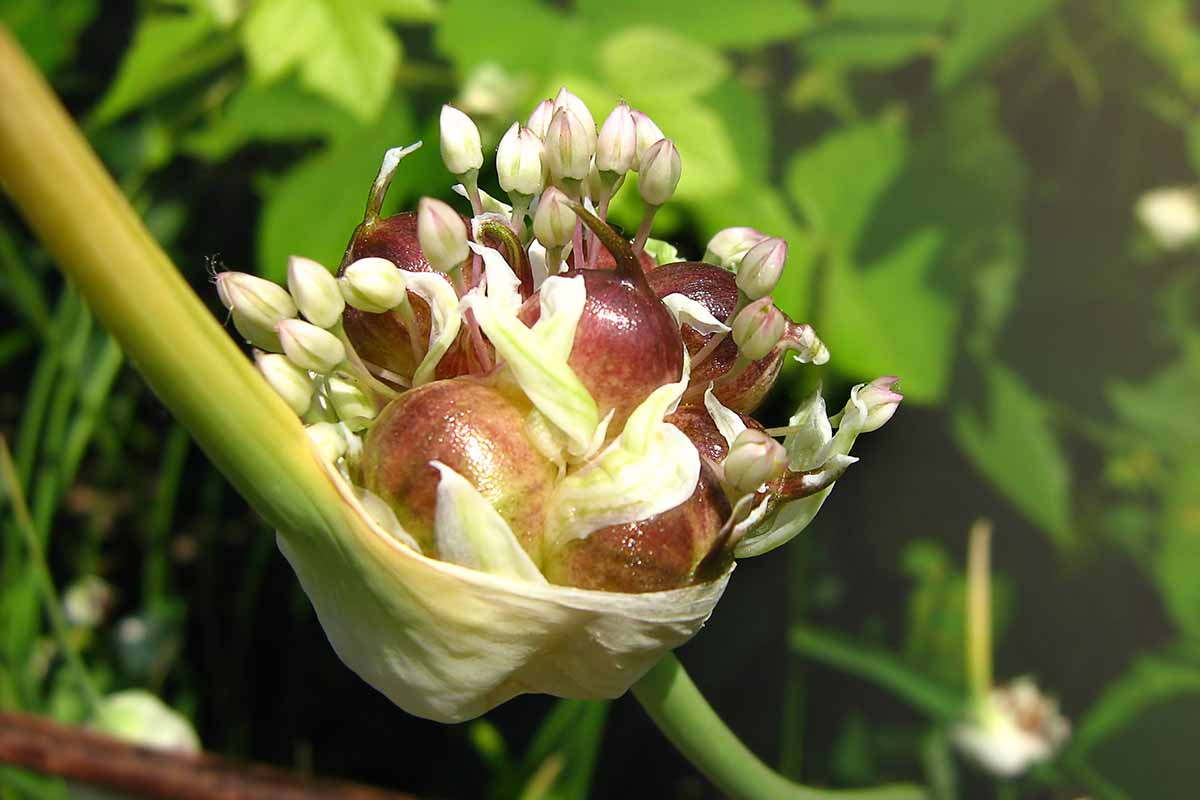
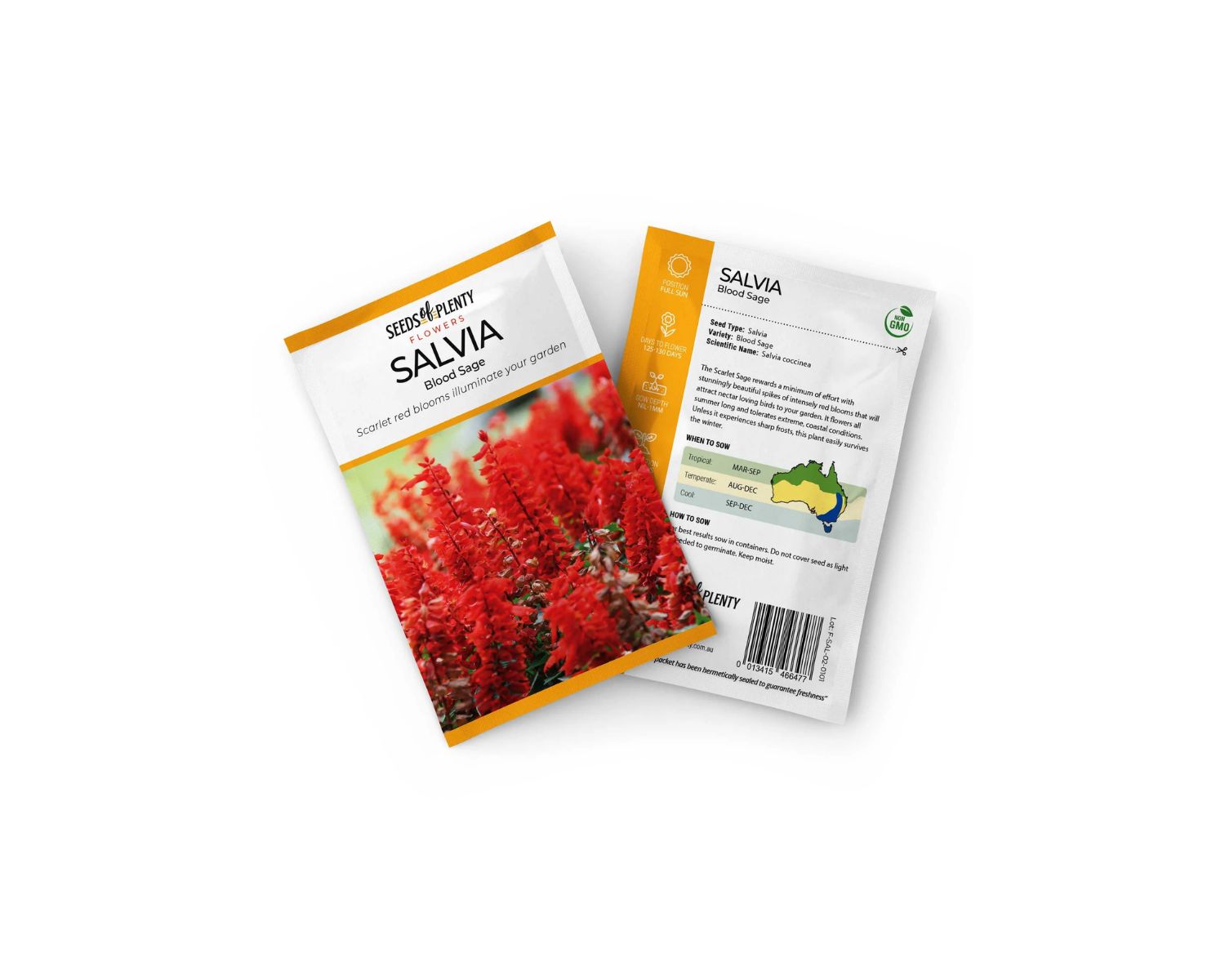
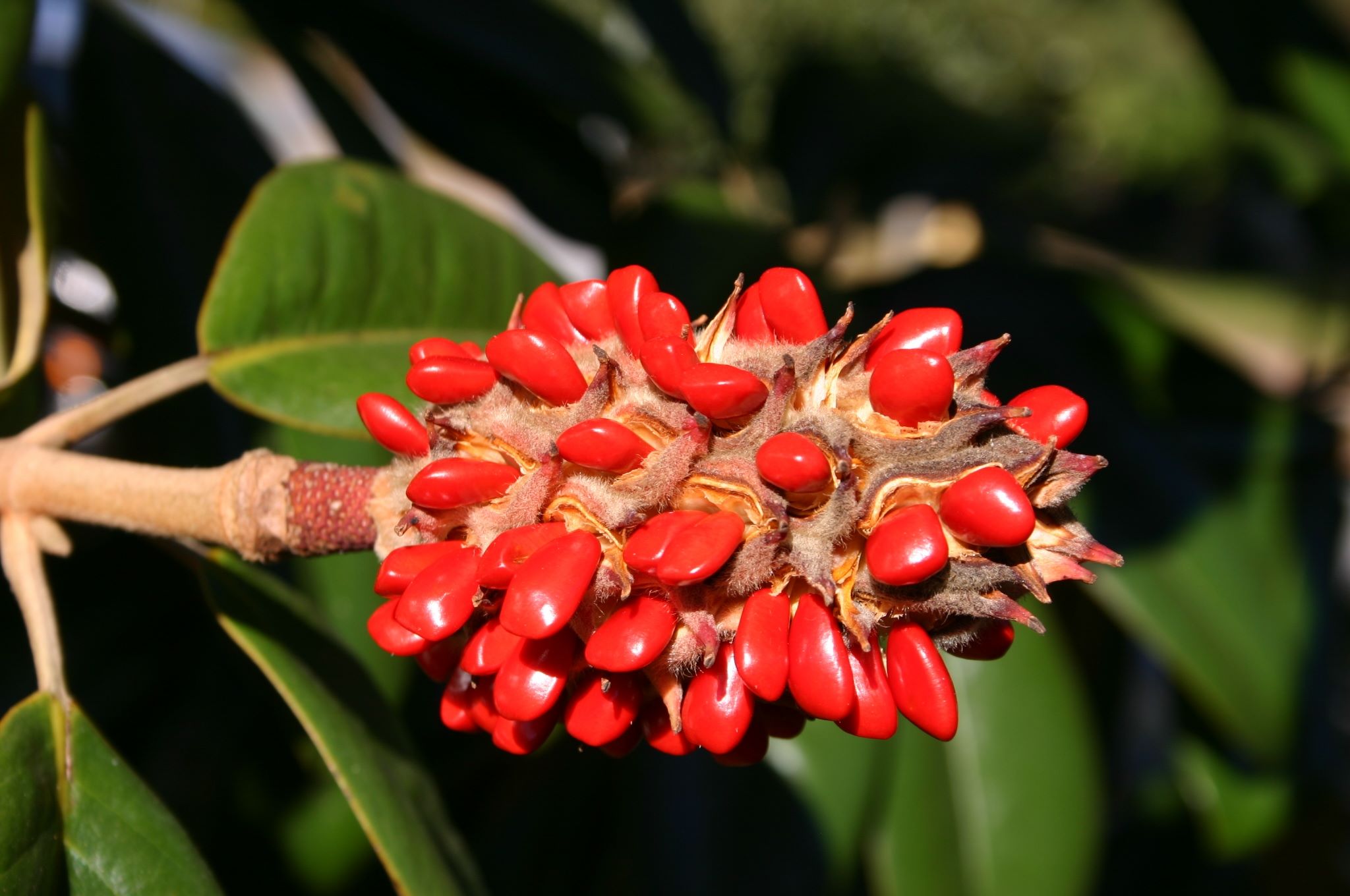
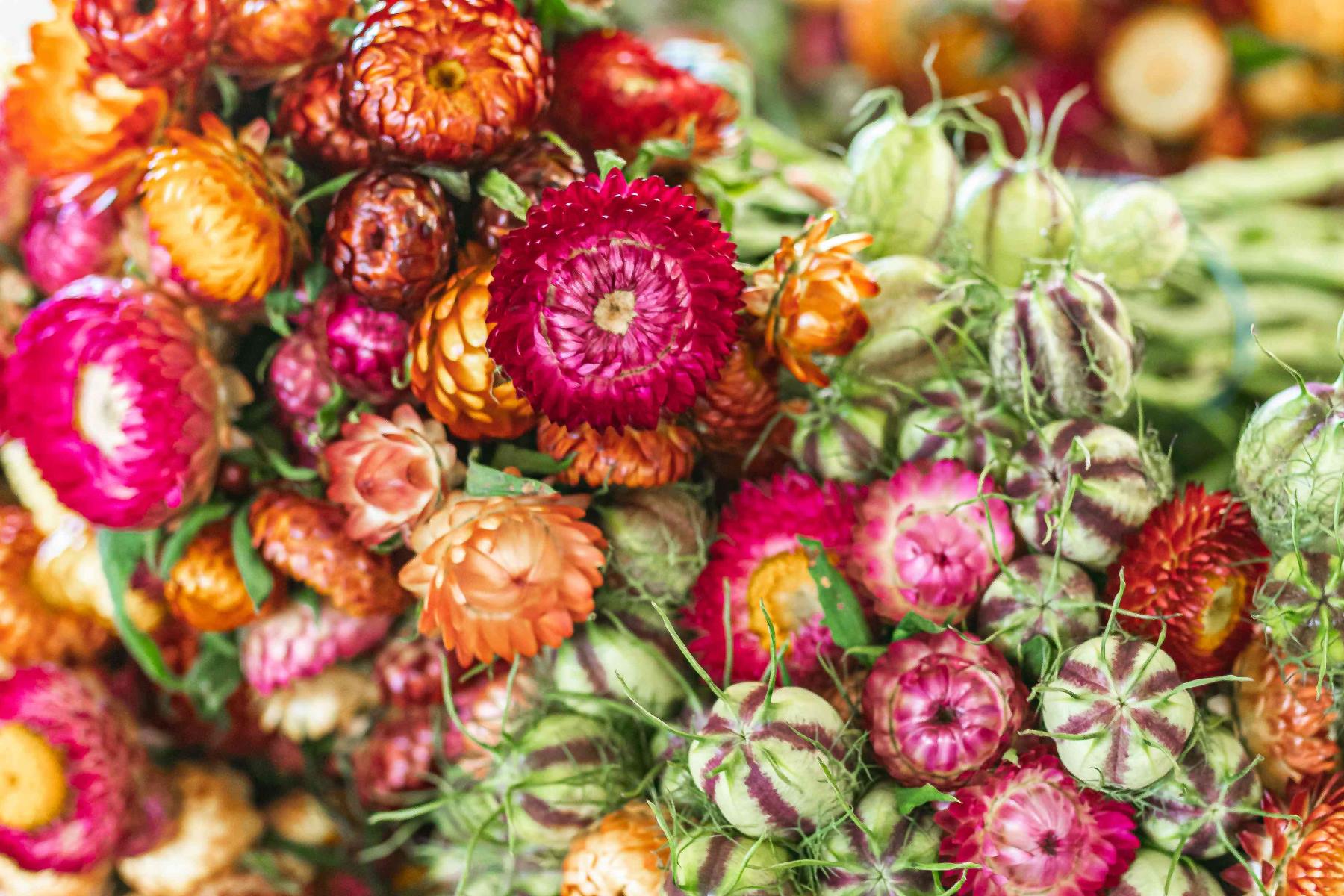
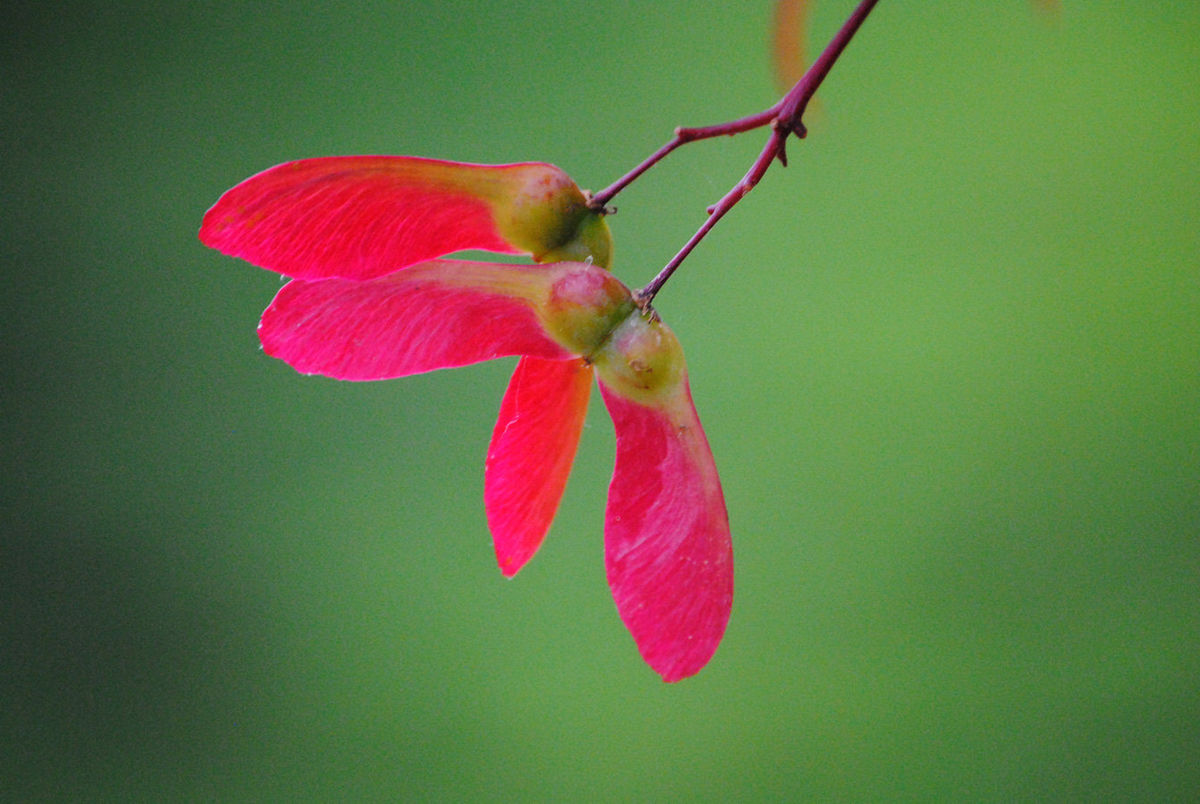
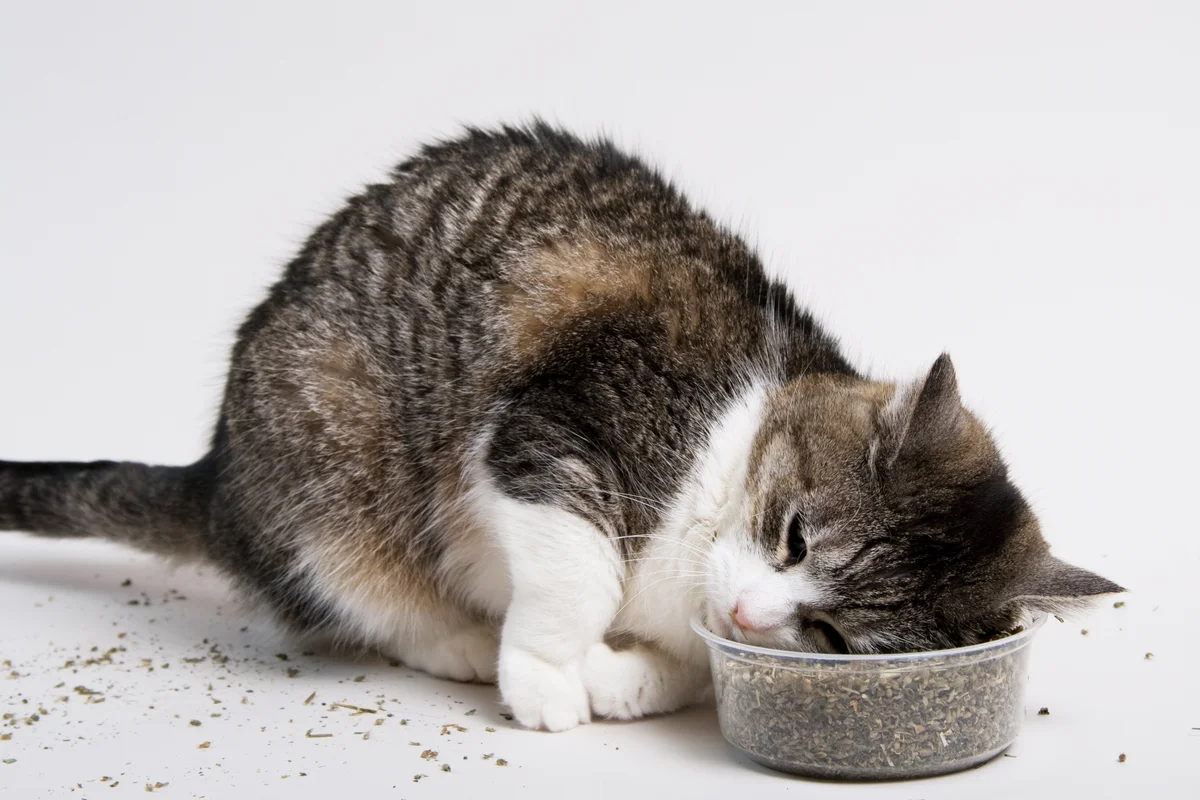
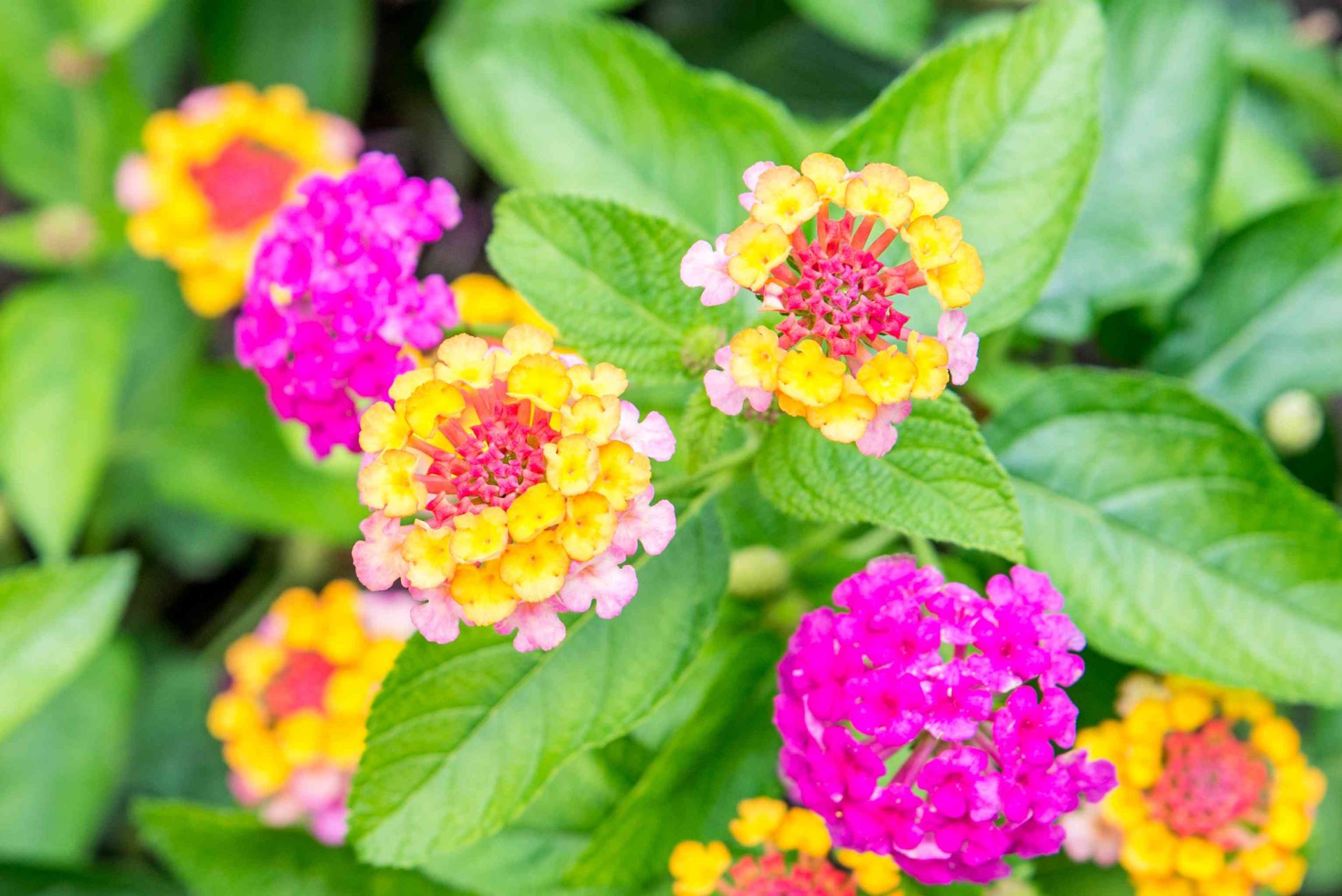
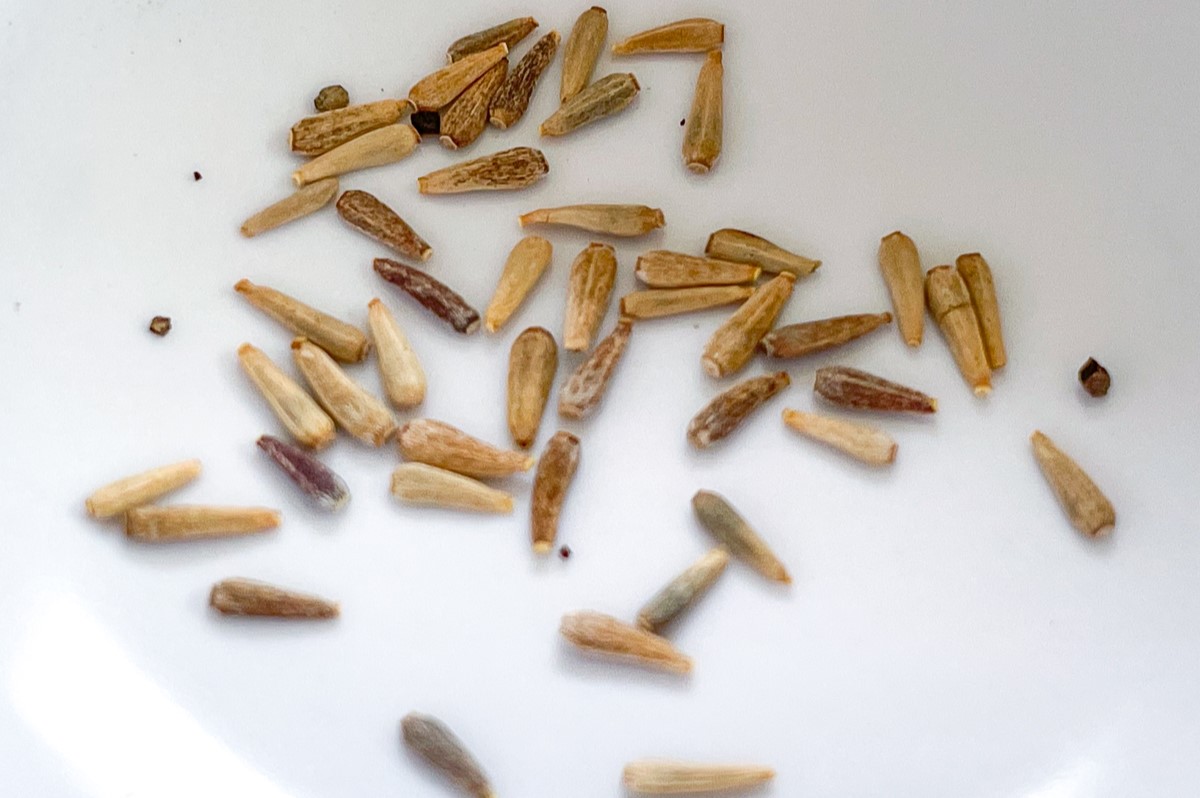
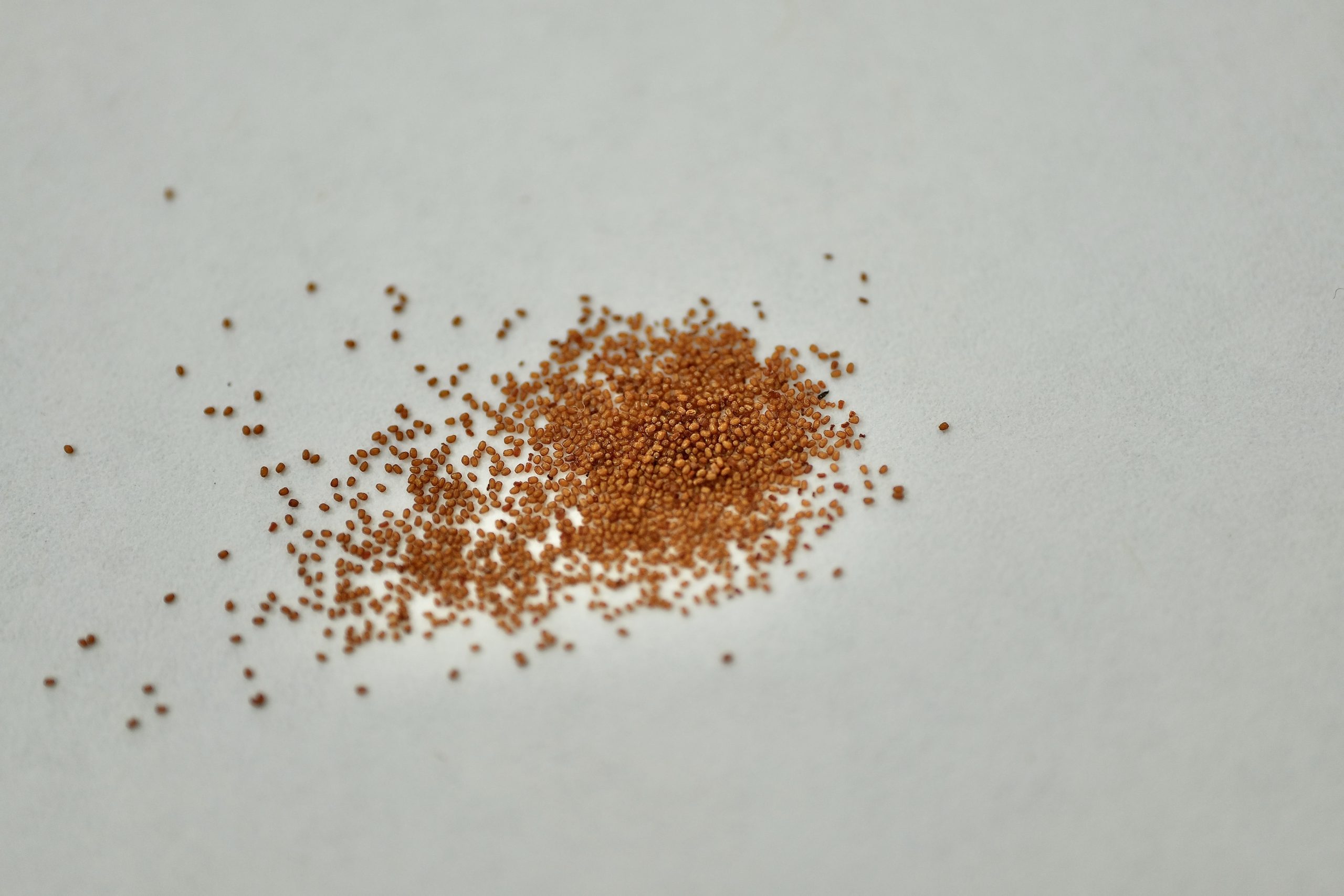
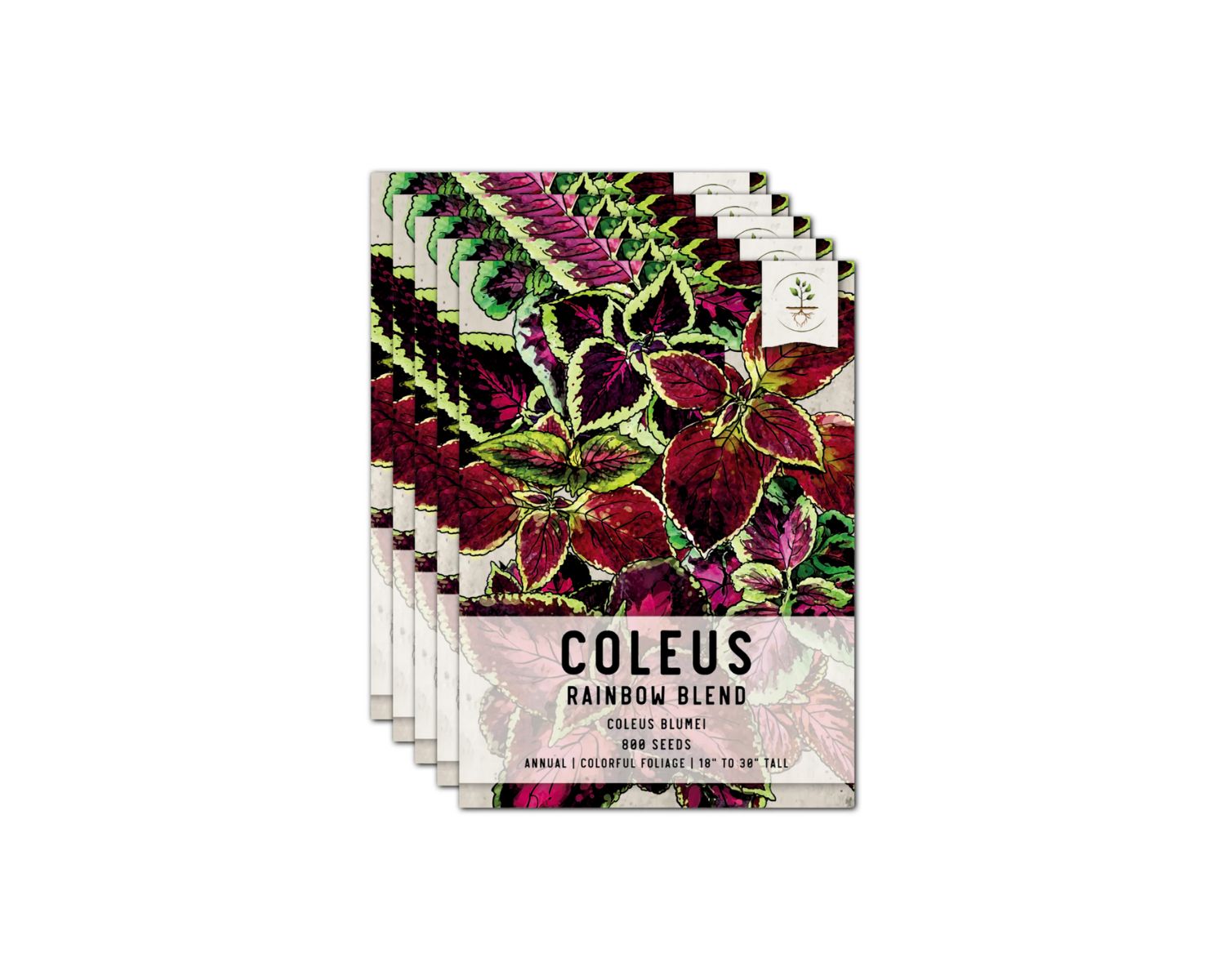
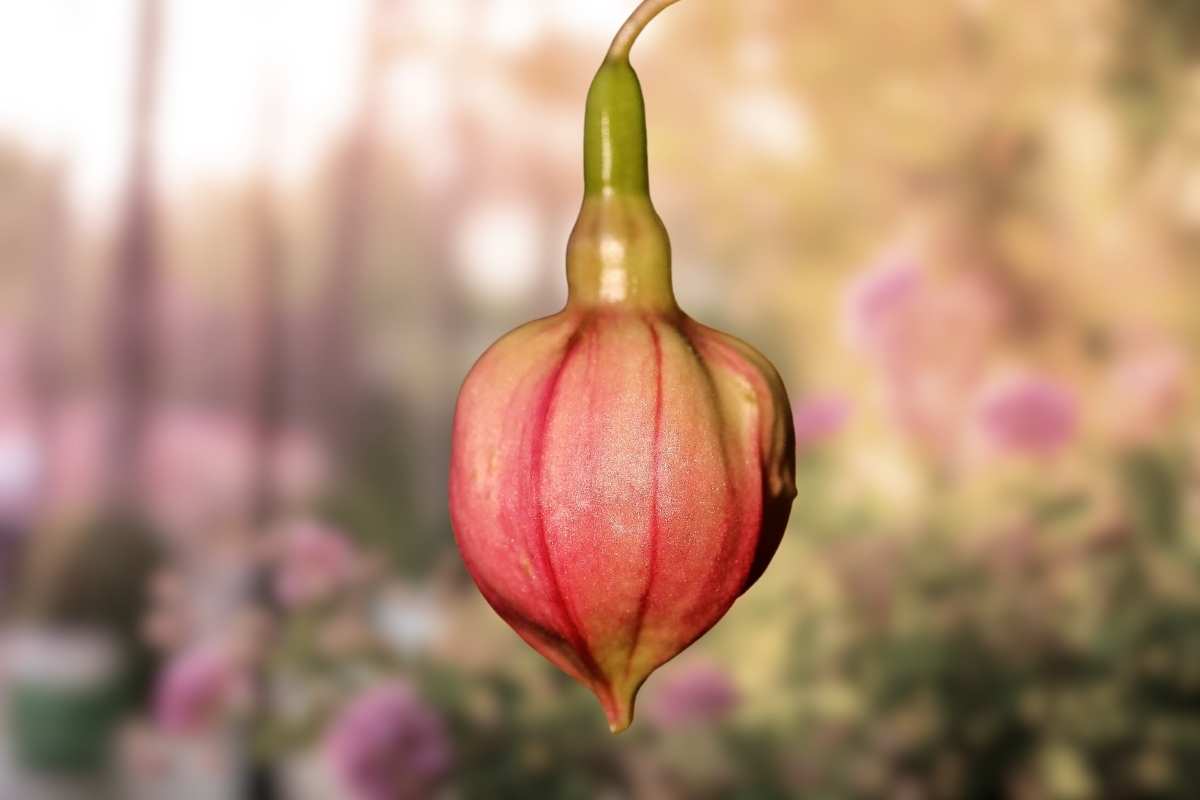

0 thoughts on “What Do Borage Seeds Look Like”